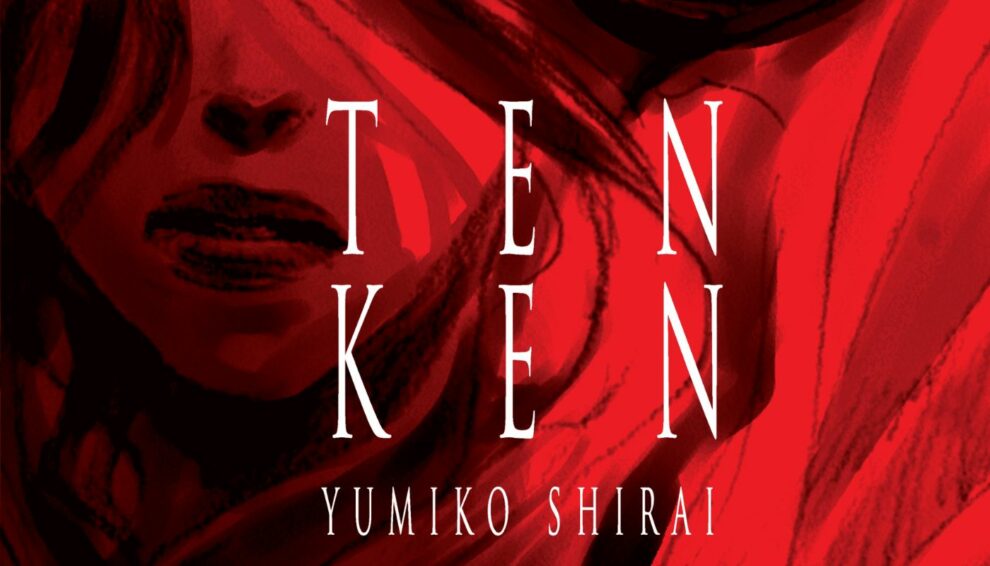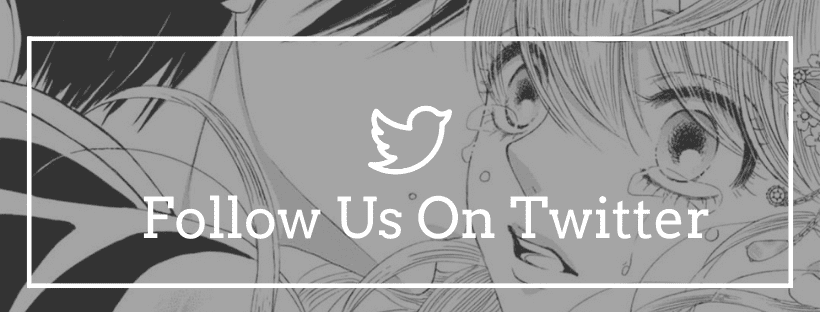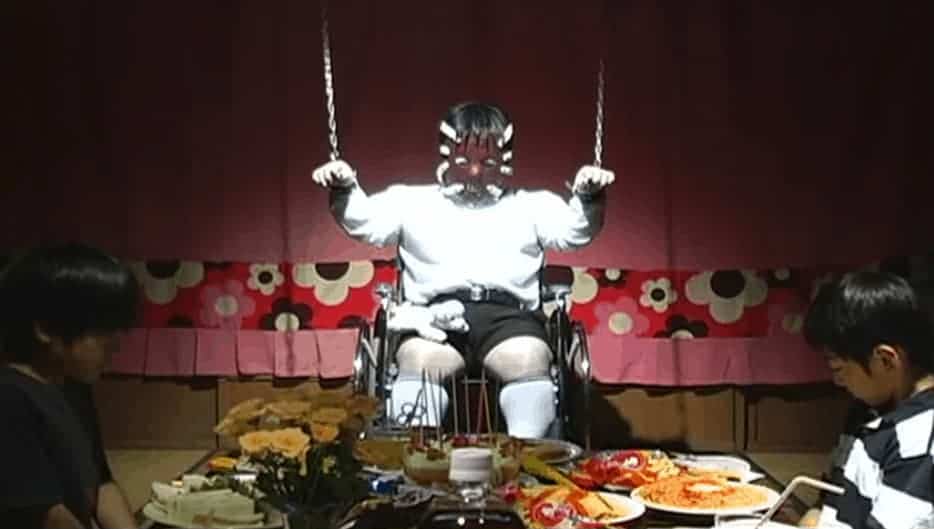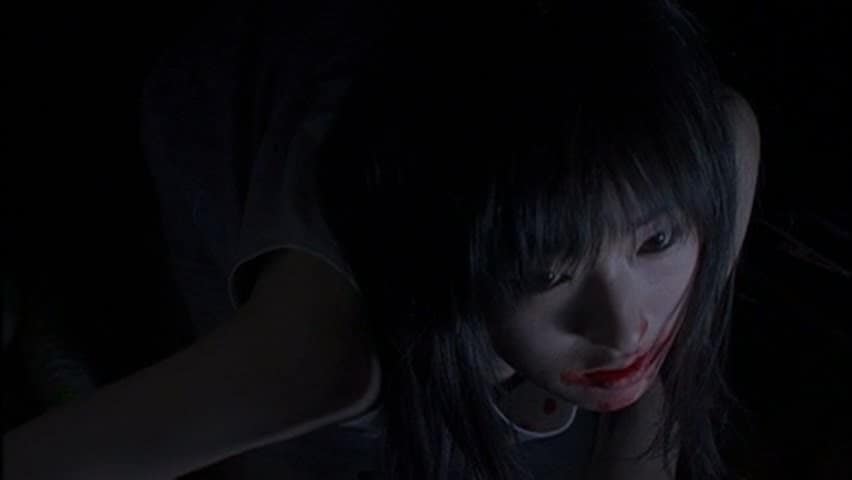“The world has been annihilated and an evil bestial deity must be appeased. Saki, a young girl, trying to escape destiny, finds refuge in an unusual and rough line of work. But she has been chosen for an unthinkable role; a princess must be sacrificed to the monster Yamata-no-Orochi at the 50 year Tenken Festival. Can Manaka, the man who is in love with her, follow her into this abyss to save her from fate? Or will he accidentally uncover the dark secret of the ceremony?” (ONE PEACE BOOKS)
Buy This Title
on Amazon by clicking on the image below
Yumiko Shirai's Tenken is Also Available Through Azuki
Capturing a time and place with allure through mysticism, romance, and superstition, Yumiko Shirai's “Tenken” has several entry points to draw the reader's intrigue; all realized within the span of a single volume release. While under a less skilled storyteller, these elements could become a muddled mess, “Tenken” benefits from a very defined vision of what its creator wanted to convey while taking inspiration from Kagura (a Japanese dance/storytelling performance).
All this makes for a release steeped in traditional beliefs and values, which will act as a divisive point for some, as the story follows a classical structure with characters that are purposely pre-destined to fulfill their role. To an extent, the manga can be predictable in how it will progress, particularly for those familiar with the mythology behind figures like Susanoo and Orochi. While many of these characters are modernized and the story has a twist, the fundamentals of their personality stay intact. Notably, Manaka embodies the head-strong and valiant persona of the Japanese storm god Susanoo. The result is a clearly defined story of good versus evil, steeped in the beliefs and myths of the past.
At the same time, “Tenken” wonderfully interjects modernity by placing the story in a timeframe shortly after World War 2, with the characters dealing with the consequences of the ‘dirty war.' This becomes integrated into almost every story aspect, casting a rather harrowing layer on top of the re-envisioned lore. It is a point of intrigue that, at points, becomes equally engaging to the story's more fantastical elements, particularly when the manga focuses on how much Manaka's job is centered around navigating the risks of poisoning. Conversely, the romance takes a while to bloom, but as it plays a crucial role in the final chapter, it still leaves an impact despite being brief.
There can be a lot of mythology and terminology to process in “Tenken,” which makes Azuki's choice to have a glossary at the end of each chapter helpful in navigating. Overall, the digital release on the platform looks sharp, with the detail on the website impeccable and the mobile app only having a slight blur on some of the text in double-page spreads (about four instances throughout and may depend on the device). Given the physical book is OOP at the time of writing this, having “Tenken” on the Azuki app is a wonderful edition to their library.

“Tenken”‘s only shortcoming comes from its visuals, with the heavy reliance on digital techniques and shading often coming across as rather lifeless. Preference will also play a role here; as digital art becomes more prevalent than ever, readers have become less bothered by it. However, Yumiko Shirai certainly knows how to interject some flair into certain sequences. Images of Orochi and abstract moments of storytelling, in particular, offer a reprise from the otherwise muted and simplistic moments of dialogue where the digital approach is visually dull.
“Tenken” is a series that could have easily been overlooked for localization here in the West. Its story is infused with traditional Japanese values, mythology and folklore. However, Yumiko Shirai is a master storyteller, and with this release, explores many themes through different perspectives and combines them in a single volume. As such, the manga will resonate with those interested in exploring Japanese culture but can also appeal to those willing to approach the title with patience and willingness to get lost in the rich story.

















